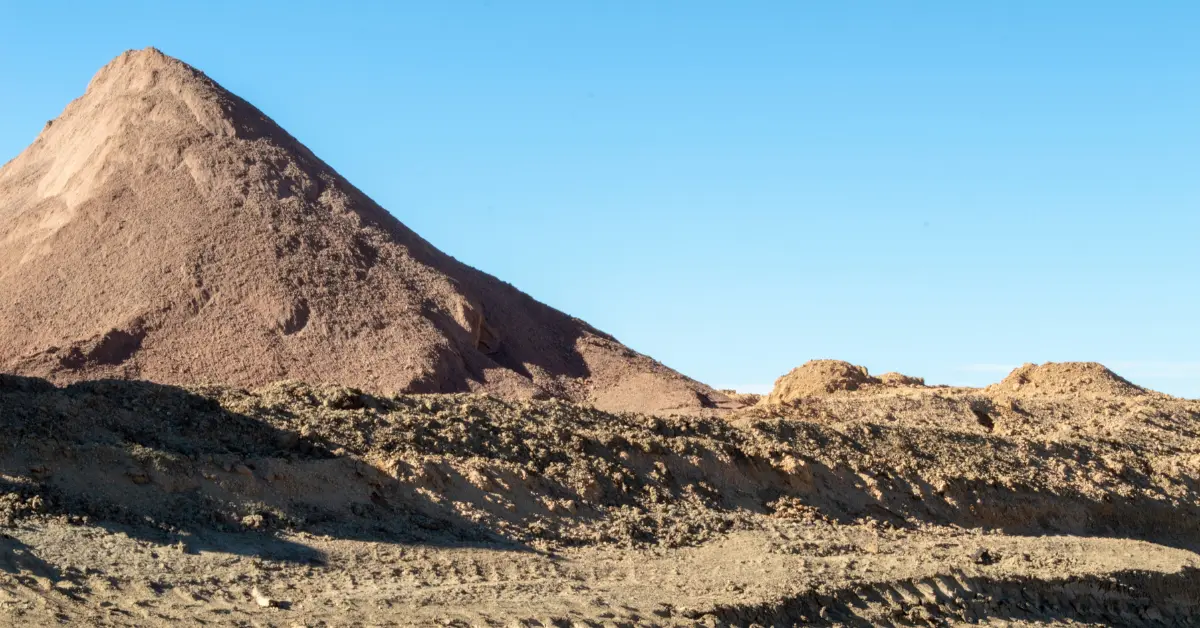
Dirt hauling plays a pivotal role in the construction and landscaping industries, providing the essential service of moving large quantities of soil from one location to another. This process is vital for preparing sites for new buildings, roads, or landscape designs. Efficient dirt hauling ensures that these projects stay on schedule and within budget by preventing soil disposal or acquisition delays. By optimizing the logistics of dirt transport, companies can significantly reduce overhead costs and enhance operational efficiency.

Types of Materials Hauled by Dirt Hauling Companies
The most commonly hauled material is fill dirt—a dense, compactable soil typically free of organic matter, ideal for leveling ground, filling depressions, and preparing foundations for new construction. Fill dirt is often used in both residential and commercial projects where stability and support are necessary. Alongside fill dirt, topsoil is another frequently transported material. Unlike fill dirt, topsoil is rich in organic matter and nutrients, making it the preferred choice for landscaping, gardening, and turf establishment. Its ability to support plant growth makes it indispensable for projects involving lawns, gardens, and green spaces. Sand is another staple in the dirt hauling industry, valued for its versatility and use in a broad spectrum of applications. From serving as a base for paving and concrete work to providing drainage solutions and acting as a key component in mortar mixes, sand is a material that construction and landscaping professionals rely on. Gravel and crushed stone are also heavily transported by dirt hauling companies. These aggregates are commonly used for roadbeds, driveways, drainage systems, and as foundational layers in construction. Their durability and ability to promote drainage make them indispensable for both temporary and permanent infrastructure solutions.
Clay, while less commonly requested than fill dirt or sand, plays a vital role in specific construction scenarios. Its fine particles and cohesive properties make it suitable for lining ponds, creating impermeable barriers, and supporting certain types of foundation work. Rock and large stones are often required for projects involving erosion control, retaining walls, decorative landscaping, or riprap installations along water bodies. The transport of such heavy and irregular materials requires specialized handling and equipment, underscoring the importance of experienced dirt hauling providers. In addition to natural materials, many dirt hauling companies also handle recycled aggregates such as crushed concrete and asphalt. These materials are increasingly used as sustainable alternatives in road construction, base layers, and other civil engineering projects, helping to reduce waste and promote environmental responsibility.
Core Elements of Dirt Hauling Logistics
Selecting the Right Equipment
The selection largely depends on the volume of material to be moved and the transportation distance. Heavier equipment can handle larger volumes but may not be cost-effective for smaller or shorter jobs. It's crucial to evaluate the specific requirements of your project to determine whether a standard dump truck suffices or if specialized equipment like a belly dump trailer is more suitable. This ensures that the dirt-hauling process remains economical and efficient.
Assessing Project Needs
To optimize dirt transportation, it's vital to accurately assess the project's scope and calculate the necessary hauling capacity. This involves understanding the quantity of dirt to be moved and the timeline required for the task. Calculations should include buffer time for loading and unloading, potential delays, and the physical capacity of the hauling equipment. Proper assessment helps avoid the underutilization or overloading of haulers, leading to increased costs and operational inefficiencies.
Planning and Scheduling Trips
Effective scheduling is key to maintaining timeliness in hauling logistics. Planning the trips according to the least congested routes and considering the best times for travel can significantly reduce delays. Also, contingency plans should be in place to address potential setbacks like traffic or weather changes. Such a level of detailed planning not only ensures timeliness but also contributes to reducing fuel consumption and overall project costs.
Understanding the Different Types of Haulers
A comprehensive understanding of the various types of haulers available, such as dump trucks, flatbeds, and articulated trucks, is essential for selecting the right vehicle for specific hauling services. Each type has advantages and limitations based on capacity, maneuverability, and suitability for certain dirt-hauling logistics. Knowledge of these differences allows for strategic decisions matching the right equipment to the right job, optimizing performance and cost.
Geographic Reach: Regional Availability and Multi-State Coverage in Dirt Hauling Logistics
The geographic reach and regional availability of dirt hauling and logistics services are critical factors that influence project feasibility, cost, and efficiency. As the construction and landscaping industries continue to grow, the demand for reliable dirt hauling extends far beyond local city limits, requiring service providers to operate across multiple states and metropolitan areas. Leading dirt hauling companies recognize the importance of broad service coverage, strategically positioning their fleets and resources to serve a wide variety of clients, from dense urban centers to remote rural sites. This expansive reach not only allows for greater flexibility in meeting project timelines but also ensures that customers in different regions can access specialized hauling solutions tailored to their local requirements.
Customer Segments and Project Types in Dirt Hauling
Dirt hauling companies serve a diverse array of clients, each with distinct needs and project scopes that influence the logistics, equipment, and expertise required for successful operations. At the most fundamental level, residential customers form a significant segment of the market. These clients typically include homeowners, property managers, and small-scale contractors who require dirt hauling for landscaping, yard grading, pool installations, or foundational work for new home construction. Residential projects often involve smaller loads and require careful coordination to minimize disruption to neighborhoods and comply with local ordinances regarding noise, access, and safety. The ability to navigate tight spaces and provide flexible scheduling is especially valued in this segment, as is the capacity to offer guidance on dirt removal, delivery, and site preparation.
On a larger scale, commercial clients represent a substantial portion of the dirt hauling industry’s workload. These customers include developers, general contractors, and businesses engaged in building offices, retail centers, apartment complexes, and other large-scale infrastructure. Commercial projects generally demand the movement of much larger volumes of soil, often under tight deadlines and with strict regulatory requirements. Dirt hauling companies serving this segment must be equipped to handle complex scheduling, coordinate with multiple subcontractors, and adapt to evolving project needs. Additionally, the logistics for commercial projects may require specialized equipment and adherence to stringent safety protocols, given the higher stakes and visibility involved. Reliability, efficiency, and the ability to scale services are major differentiators for companies competing in this space. Industrial projects introduce another layer of complexity and specialization to dirt hauling logistics. Clients in this segment may include manufacturers, utility providers, and organizations involved in large-scale civil engineering works such as highways, bridges, and utility installations. The sheer scale and technical requirements of these projects often necessitate advanced planning, robust equipment fleets, and experienced personnel capable of managing challenging site conditions. Industrial clients may also require the handling and disposal of contaminated or hazardous soil, demanding strict compliance with environmental and safety regulations. The capacity to provide comprehensive documentation, manage permits, and coordinate with environmental consultants is critical for success in industrial dirt hauling.
Professional Dirt Hauling Services and Their Role
Benefits of Hiring One
Utilizing professional hauling services offers numerous advantages. These companies bring expertise that can significantly enhance a project's efficiency and safety. They are adept at managing logistical challenges and can foresee and mitigate potential issues that may arise. Professional hauling logistics companies also excel at coordinating the complex elements involved in large-scale projects. They effectively manage the logistics of equipment allocation and personnel deployment, ensuring that operations proceed without interruptions.
Ensuring Compliance with Local Safety Standards
Compliance with local safety and transportation standards is critical in the dirt hauling industry to meet legal requirements and ensure the safety of all personnel involved. Here’s how professional services maintain high compliance levels:
- Regular Training: These sessions focus on educating workers about updated safety protocols, industry regulations, and the best practices for handling heavy equipment. Training also includes simulations and drills to prepare workers for emergencies, enabling them to respond effectively to unforeseen circumstances. Safety training enhances team coordination, as workers understand the value of adhering to standardized procedures. Keeping staff informed and well-prepared mitigates risks, reduces accidents, and improves the overall safety culture within the organization.
- Equipment Checks: Thorough and regular inspections of hauling equipment are essential to ensure safety and compliance. Companies employ skilled technicians to assess the condition of machinery, focusing on critical components such as brakes, tires, and hydraulic systems. Preventive maintenance schedules are also implemented to identify and resolve potential issues before they escalate. Professional services use inspection logs to maintain a record of checks, ensuring transparency and accountability. Well-maintained equipment meets regulatory standards and minimizes downtime caused by mechanical failures, ensuring smooth operations.
- Permit Management: Navigating the complexities of local, state, and federal regulations can be daunting, but professional services streamline this process through effective permit management. They handle all documentation required for dirt hauling, ensuring compliance with zoning laws, environmental standards, and weight restrictions. These services maintain open communication with regulatory authorities to stay updated on any changes in the law. Properly managed dirt hauling permits prevent fines, delays, and legal challenges, ensuring projects are completed on schedule without interruptions caused by non-compliance.
By implementing these measures, professional dirt-hauling companies demonstrate their commitment to safety, efficiency, and legal adherence. Their proactive approach safeguards workers and contributes to building trust with clients and stakeholders, ensuring long-term success in the industry.

Logistics and Project Management of Dirt Removal and Disposal
Strategies for Staging, Loading, and Routing Materials
Strategic staging and loading materials are cornerstones of proficient dirt transport logistics. Implementing systematic approaches to the way dirt is gathered, loaded, and routed can drastically enhance speed and efficiency. For staging, it’s crucial to have designated areas that allow for easy access and movement of large vehicles. The loading techniques must be quick yet careful to prevent material loss, and routing should be planned to minimize travel time and fuel consumption, considering current traffic data and road conditions.
Identifying Disposal or Reuse Sites
Identifying appropriate disposal or reuse sites is a critical component of logistics for dirt removal. Depending on the type of dirt, whether contaminated, non-contaminated, or suitable for reuse in construction or landscaping, it must be transported to the correct facilities. This not only ensures legal compliance but also promotes environmental sustainability. Effective management of this element involves thoroughly understanding local regulations and available sites, which can significantly influence project costs and timelines.
Communicating Effectively Between Project Stakeholders
Effective communication is crucial in maintaining a smooth dirt-hauling logistics operation involving multiple stakeholders like project managers, drivers, site engineers, and environmental consultants. Here's how robust communication channels can benefit the project:
- Clear Responsibilities: Establishing clear roles and responsibilities for every stakeholder is fundamental to smooth operations. Project managers outline specific tasks, ensuring each participant knows what is expected of them. This approach minimizes overlaps, reduces the risk of missed deadlines, and fosters accountability among team members. Regularly scheduled meetings and comprehensive project documentation provide clarity and help resolve any ambiguity. When each stakeholder clearly understands their duties, it becomes easier to maintain an organized workflow and deliver results efficiently.
- Real-Time Updates: Providing continuous updates on the project's status ensures all stakeholders are on the same page. Tools like GPS tracking, instant messaging platforms, and project management software facilitate real-time communication. Drivers can notify site managers about delays, while engineers can communicate site readiness promptly. These updates allow the team to address potential issues quickly, minimizing disruptions and keeping the project on track. Real-time updates also build trust, as stakeholders have visibility into the project's progress and any challenges faced.
- Feedback Loops: Regular feedback sessions encourage open dialogue and allow stakeholders to reflect on the project's successes and areas for improvement. These sessions provide a platform for discussing operational inefficiencies, brainstorming solutions, and implementing best practices. Feedback loops also foster a culture of continuous improvement, ensuring that every project benefits from lessons learned during previous ones. Stakeholders feel valued when their input is considered, which enhances collaboration and morale.
Fostering effective communication can achieve higher levels of efficiency and collaboration. Transparent dialogue ensures everyone is aligned with project goals, creating a productive environment where challenges are resolved promptly and objectives are met seamlessly.
Leveraging Technology in Dirt Transport Logistics
Route Optimization
Route optimization is a critical technological tool that enhances time and fuel efficiency in dirt-hauling logistics. Advanced software can analyze multiple factors, such as road conditions, traffic updates, and distance, to recommend the most efficient routes. This saves valuable time and reduces fuel consumption, which can significantly cut costs and environmental impact. Adopting such technologies ensures that operations are as efficient as possible, keeping projects on schedule and under budget.
Utilizing Data Analytics
By collecting and analyzing data from various phases of the hauling process, companies can identify patterns and inefficiencies that might not be apparent otherwise. Insights derived from this data can lead to better decision-making regarding fleet management, scheduling, and even customer service, ultimately leading to a more streamlined operation.
Streamlining Communication with Digital Platforms
Digital platforms and apps provide a powerful means for streamlining communication across all levels of dirt-hauling services. These tools facilitate seamless information exchange between drivers, dispatchers, and management, ensuring everyone is up-to-date with the latest operational adjustments and client requirements. Enhanced communication tools lead to more coordinated efforts, reduced errors, and a more agile response to changing conditions on the ground.
Environmental Considerations in Dirt Hauling
Adhering to Waste Dirt Disposal Regulations
Adhering to waste dirt disposal regulations is not just a legal necessity; it is a commitment to environmental sustainability and responsible business practices. Companies can protect the environment, enhance operational efficiency, and avoid legal repercussions by following these key practices:
- Understanding Laws: Staying updated on local, state, and national waste disposal regulations is the foundation of compliance. Each region has unique rules governing how and where waste dirt can be handled, especially when it involves contaminated or hazardous materials. Companies must invest time in researching and understanding these laws to avoid penalties. This may involve consulting legal experts or subscribing to updates from regulatory bodies.
- Accurate Documentation: Proper documentation is critical for demonstrating compliance. Detailed records of the soil's origin, composition, and disposal methods provide transparency and accountability. Digital tools can simplify this process by automating record-keeping and generating tracking reports from collection to disposal. Accurate documentation safeguards against legal disputes and enhances operational efficiency by ensuring all processes are verifiable and traceable. Such thorough records instill confidence among clients and regulatory bodies, positioning the company as a reliable and responsible operator.
- Certified Facilities: Partnering with certified disposal facilities is a crucial step in ensuring that waste dirt is managed responsibly. These facilities are equipped to process various types of waste dirt, including contaminated soil, through soil remediation, recycling, or safe landfilling. Collaborating with certified facilities guarantees that the disposal process adheres to environmental standards. It also provides companies with additional documentation proving compliance, which can be crucial during audits or inspections. Working with certified partners reinforces a company’s dedication to sustainability and responsible practices.
By following these practices, companies in the dirt hauling industry can ensure compliance and contribute to a cleaner, safer environment. These efforts demonstrate a commitment to sustainability, building trust with clients and regulatory agencies, and setting a standard for responsible operations within the industry.
Exploring Recycling and Repurposing Options for Sustainability
Recycling and repurposing dirt, particularly from construction sites, represent key opportunities for enhancing sustainability within logistics dirt-hauling. Soil that is uncontaminated can often be used in other construction projects, serving as fill material, or even in landscaping. Such practices reduce waste and decrease the demand for virgin raw materials, contributing to a reduction in environmental footprint.
Addressing Common Challenges in Dirt Hauling
Managing Unpredictable Weather and Site Conditions
Rain, snow, or extreme heat can disrupt schedules, making it harder to stick to project timelines. Wet conditions may turn dirt into heavy, sticky mud, complicating loading and transport, while dry and windy weather can lead to dust control issues. Additionally, site accessibility can become problematic during severe weather, especially in rural or undeveloped areas. To counter these challenges, companies need contingency plans that account for various scenarios.
Coordinating Hauls Across Multiple Project Locations
When a project spans multiple sites, coordinating hauls becomes increasingly complex. Each site may have unique loading, transportation, and disposal requirements, making it essential to develop a comprehensive logistical strategy. Efficient coordination involves detailed scheduling to align vehicle availability with site demands and minimize idle time. Moreover, maintaining consistent communication across all locations ensures adjustments can be made quickly when unexpected issues arise.
Handling Oversized or Hazardous Dirt Loads Safely
Oversized loads require specialized equipment and may involve additional permits and route restrictions. Hazardous dirt, such as contaminated soil, demands strict safety and environmental regulations to protect personnel and the surrounding environment. As always, proper handling of such loads necessitates rigorous staff training and regular inspections of equipment to ensure safety standards are met.
Mitigating Delays and Unexpected Issues
Common causes include mechanical failures, traffic congestion, and unforeseen site complications. To mitigate these risks, companies must adopt proactive vehicle maintenance schedules, conduct route analyses to avoid high-traffic areas, and establish on-site support teams to address problems as they arise. Flexibility and adaptability are key to managing these challenges effectively, allowing operations to proceed with minimal disruptions.
Tips for Choosing Reliable Dirt Hauling Services
Evaluating Equipment Availability and Suitability
The type of hauling equipment a provider offers directly impacts the efficiency and quality of their operations. Companies with a diverse fleet are better equipped to handle varied project requirements. Also, it’s essential to ensure the equipment is well-maintained and compliant with safety standards to avoid breakdowns or delays.
Pricing Transparency and Budget Constraints
A reliable provider should offer detailed cost breakdowns, helping clients understand how charges are distributed across labor, fuel, and permits. This transparency allows clients to plan budgets more effectively and avoid unexpected expenses. It’s important to weigh the cost against the quality of services offered to ensure a balance between affordability and efficiency without compromising on critical aspects like safety and compliance.

Frequently Asked Questions About Dirt Hauling Logistics
Dirt hauling logistics can seem complex, especially for those new to construction or landscaping projects. Below, we answer the most common questions to help you plan efficiently and avoid surprises.
What types of dirt can be hauled?
Haulers can transport fill dirt, topsoil, sand, gravel, clay, and mixed soils. Specify your project needs so you receive the correct material for your job.
How do I find a reliable dirt hauling service near me?
Search local directories or specialized platforms. Look for companies with strong reviews, transparent pricing, and clear communication to ensure reliability.
What factors affect the cost of dirt hauling?
Costs depend on the type and amount of dirt, hauling distance, delivery schedule, and any special handling requirements. Request a detailed quote to understand all charges.
Do I need a permit for hauling dirt?
Permit requirements vary by location and project size. Small jobs may not need permits, but larger or commercial projects often do. Always check with your local authorities.
Are there minimum or maximum load requirements?
Most companies set minimum and maximum load sizes based on their equipment and your project’s needs. Confirm requirements before booking to avoid delays.
How can I ensure my dirt hauler is reputable?
Check company credentials, read customer reviews, and verify insurance and licensing. Reputable haulers provide clear contracts and maintain open communication.
What happens to excess or waste dirt?
Excess dirt is disposed of at certified facilities or recycled for use in other projects, depending on its type and condition. Discuss options with your hauler.
How do weather or site conditions affect hauling schedules?
Adverse weather or poor site access can cause delays. Reliable haulers will communicate promptly and may reschedule for safety and efficiency.
Can I request both dirt delivery and removal?
Yes, many companies offer both services. Specify your project requirements when requesting a quote to ensure all your needs are met.
What if my project needs to change after booking?
Contact your hauler as soon as possible. Most companies can accommodate changes with advance notice, though additional charges may apply.
Prioritizing best practices in hauling services not only benefits individual projects but also sets higher standards for the industry as a whole. By continuously seeking ways to improve efficiency, reduce environmental impact, and foster collaboration, businesses can adapt to evolving demands and maintain a competitive edge. Whether handling large-scale commercial operations or smaller residential projects, the principles outlined in this guide provide a clear roadmap for navigating the complexities of dirt-hauling logistics effectively and sustainably.

.svg)




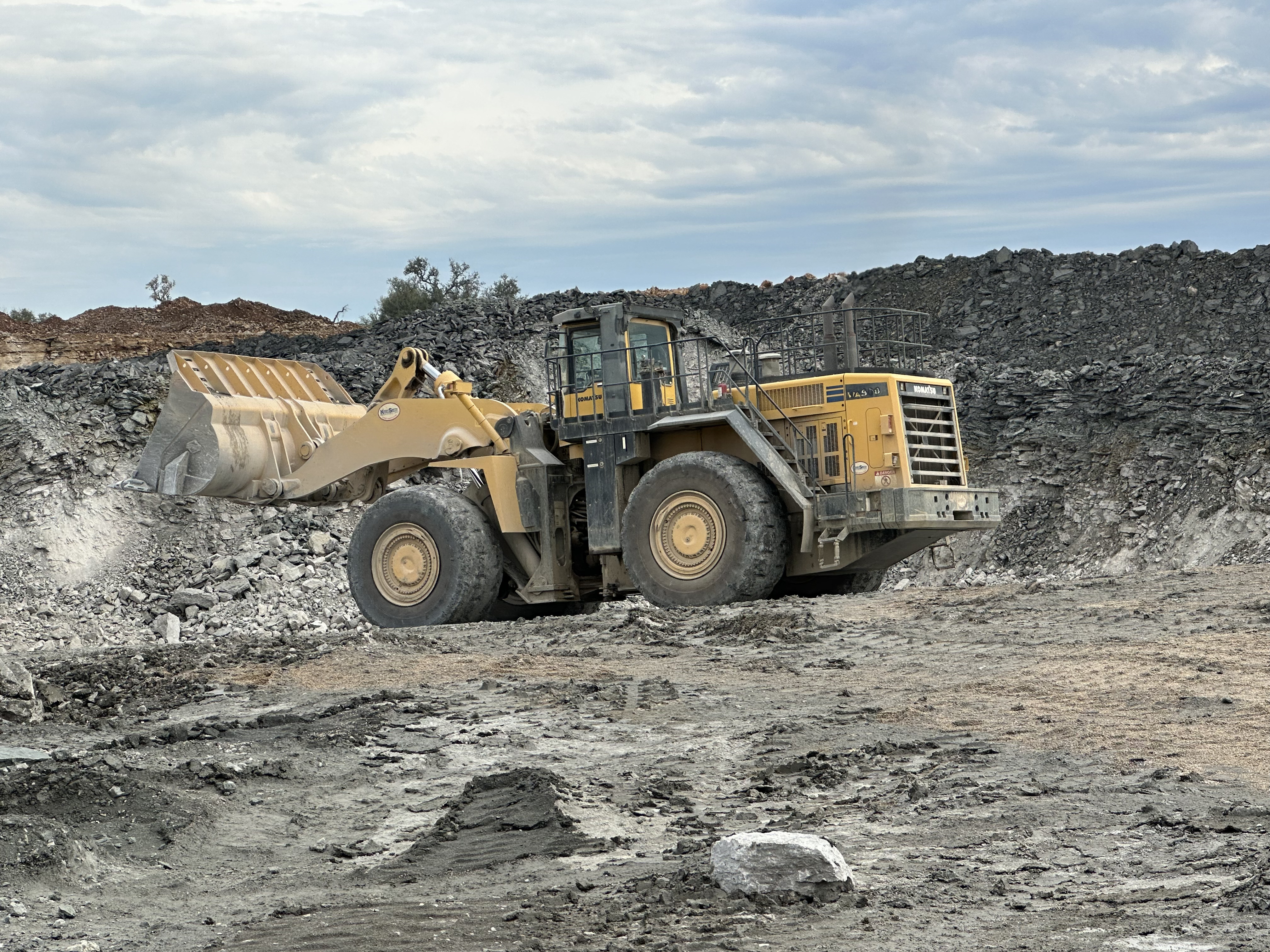




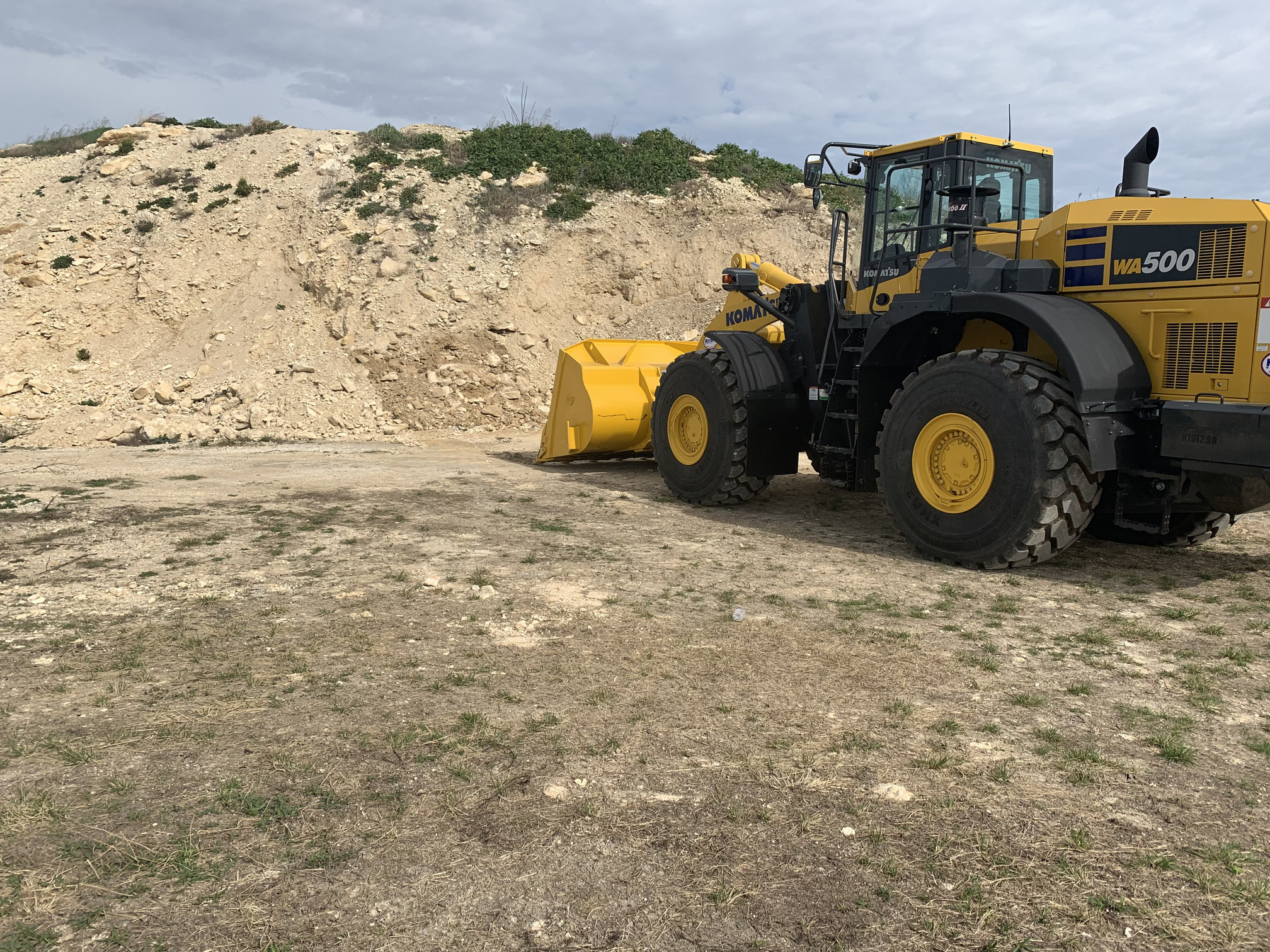
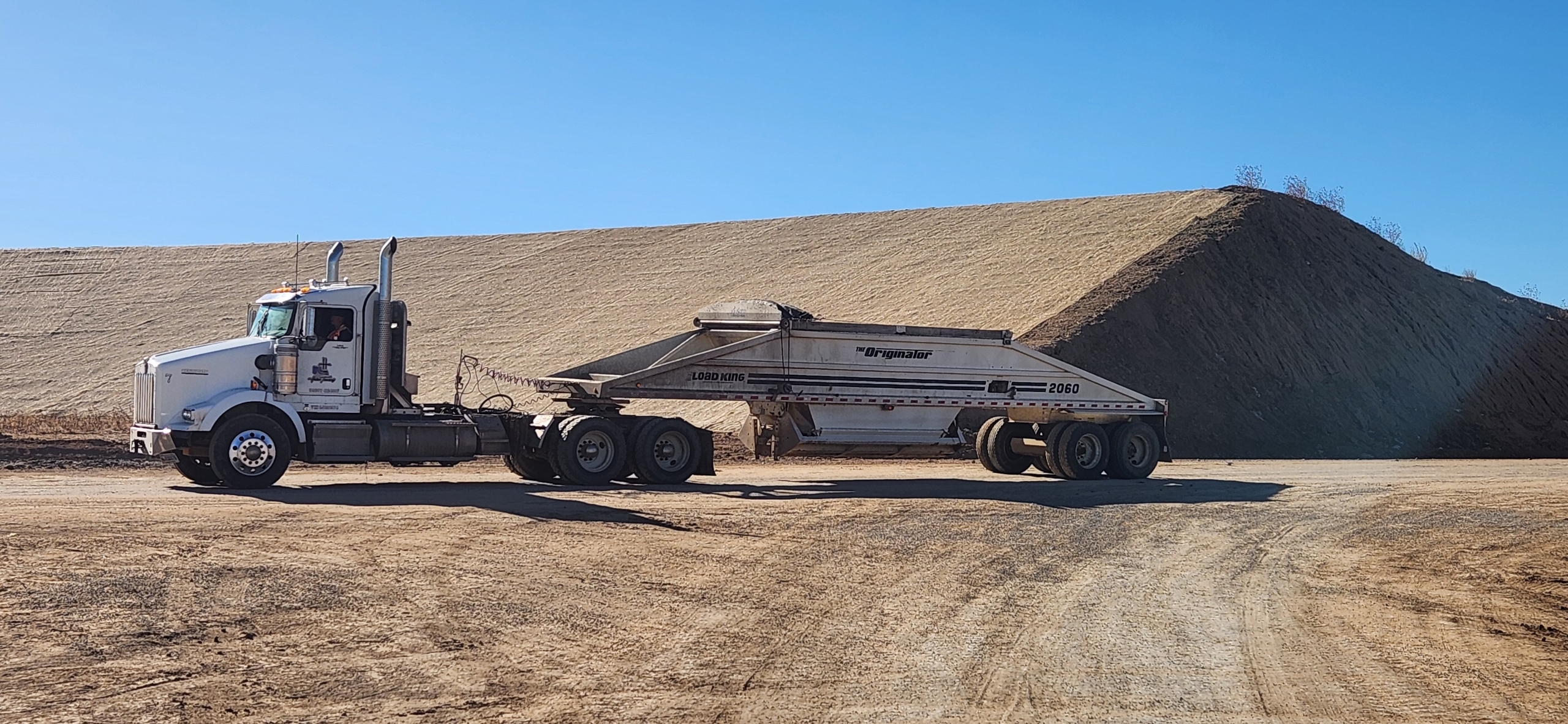
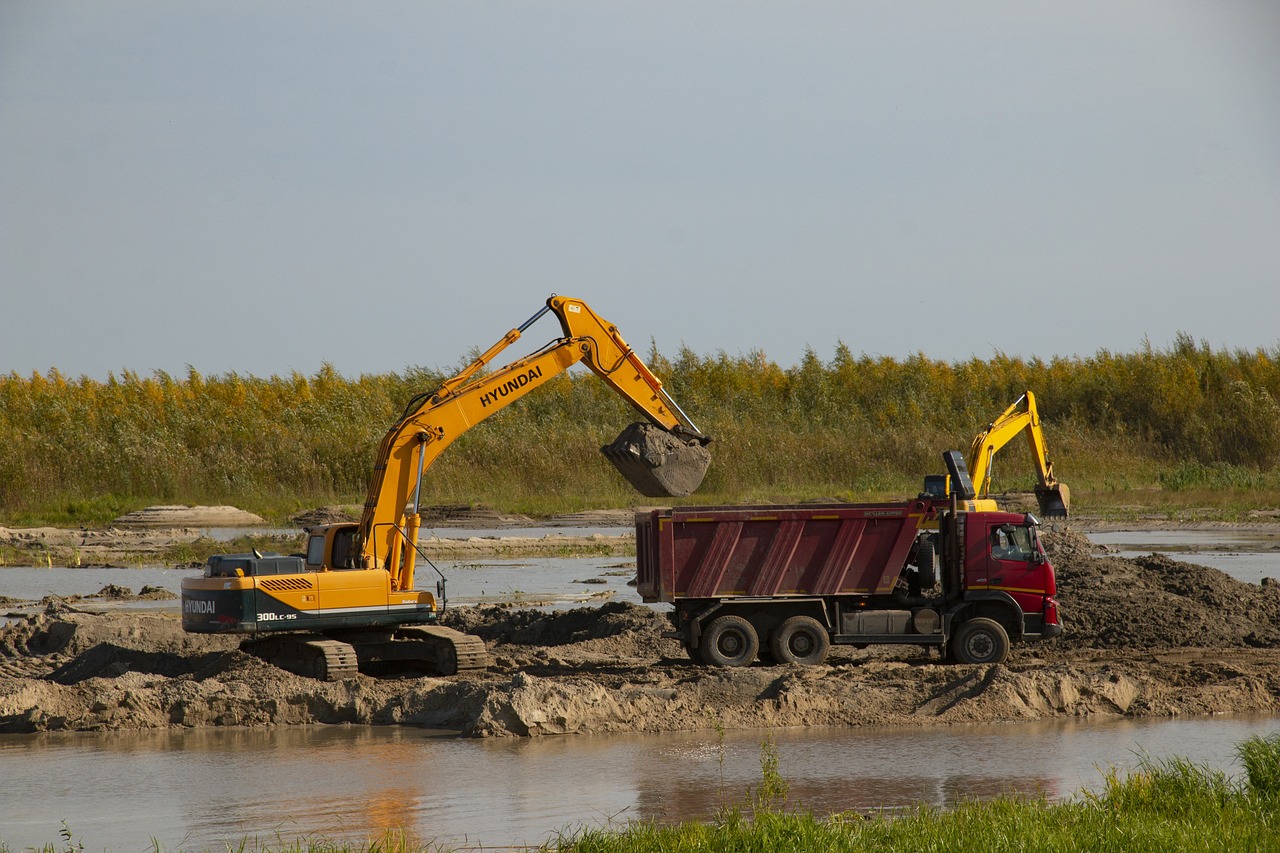

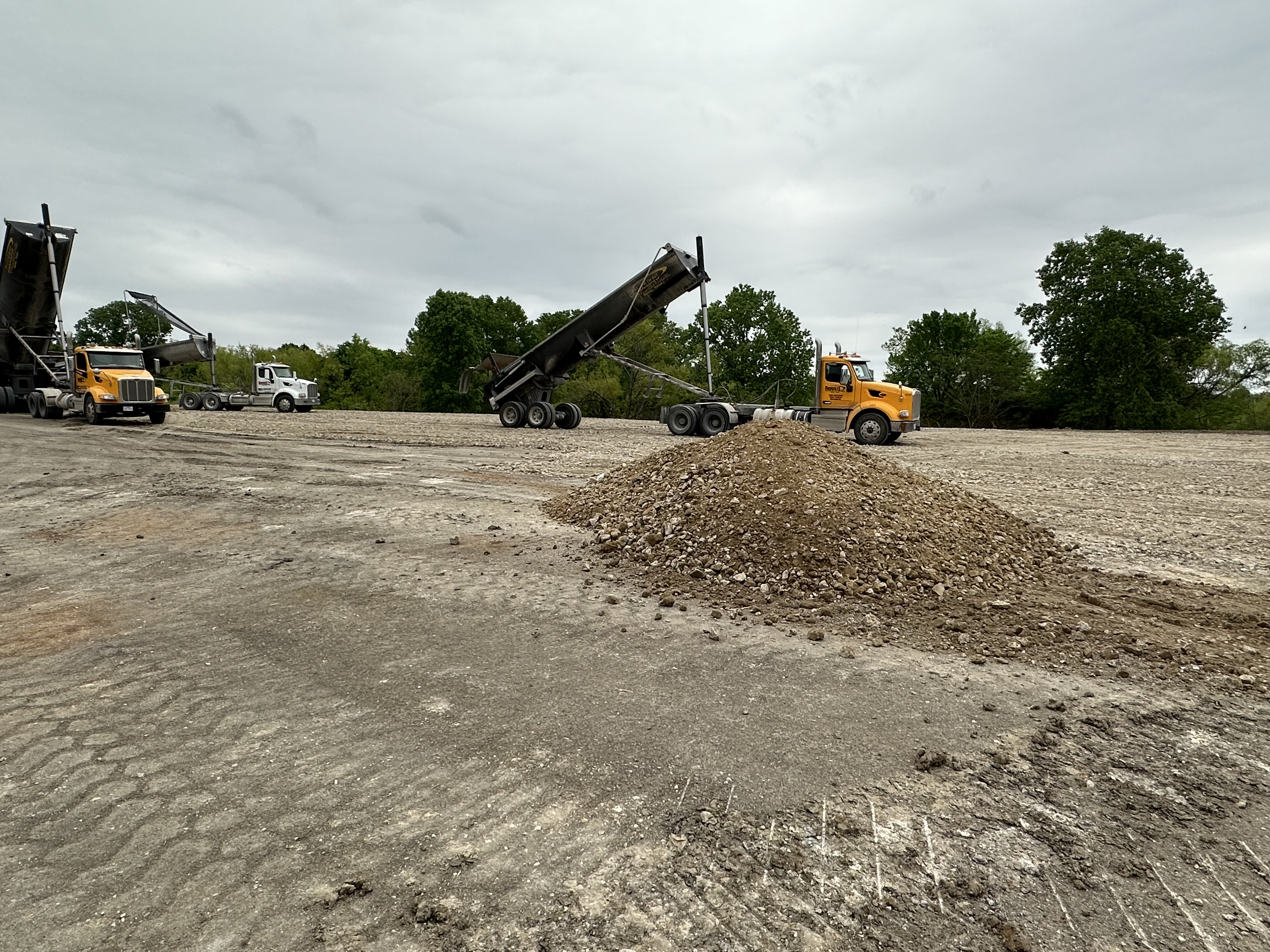

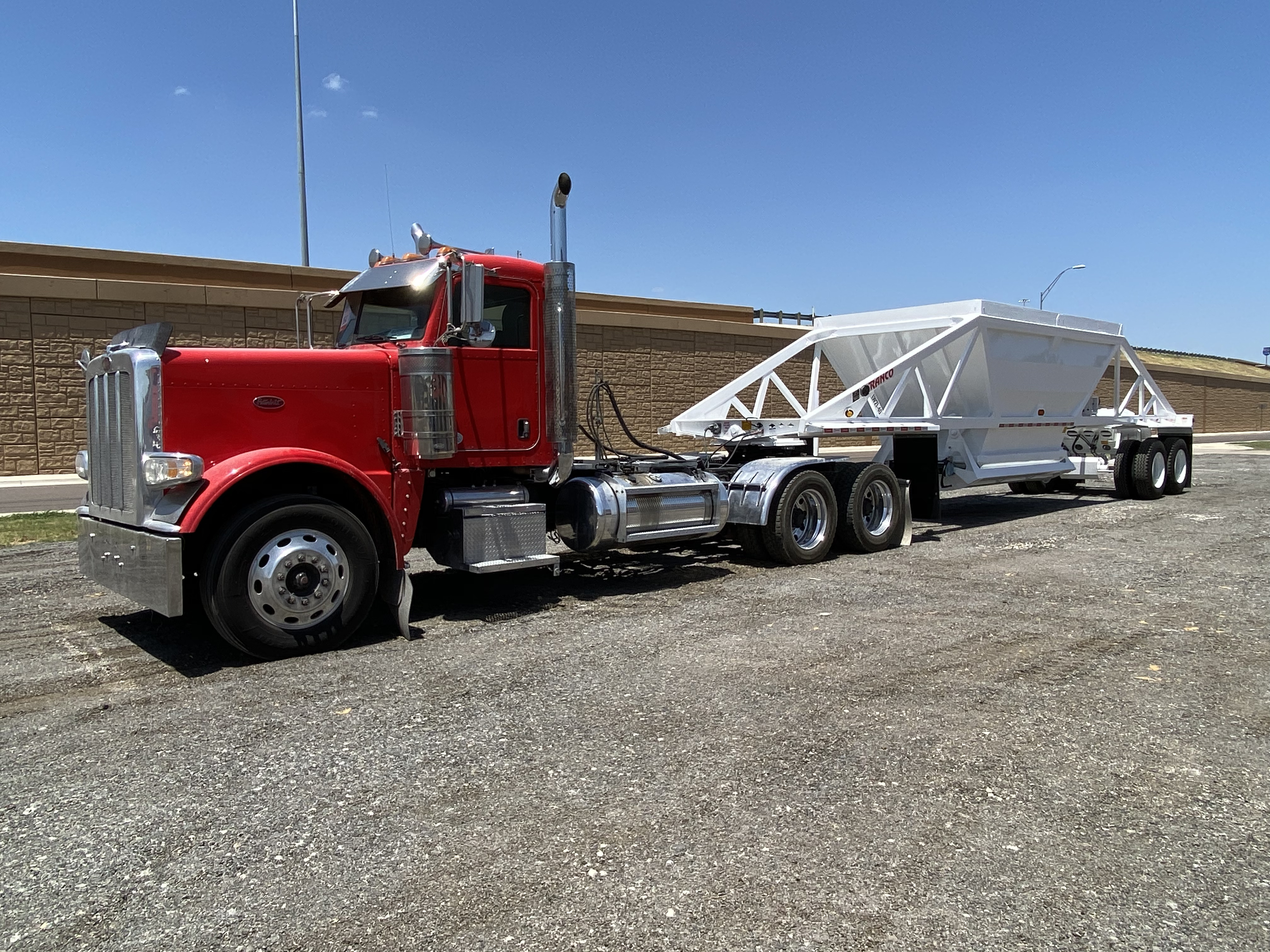
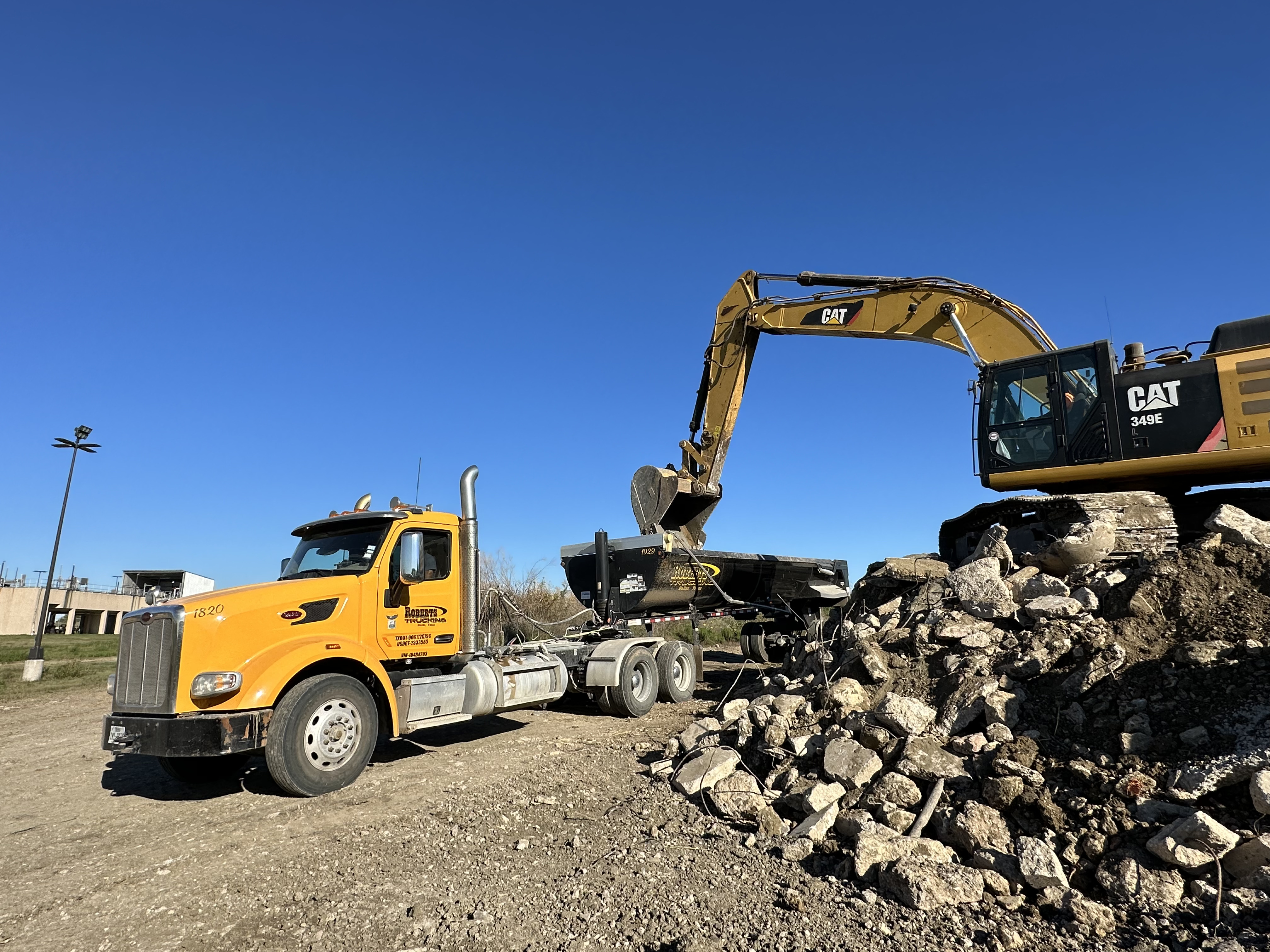
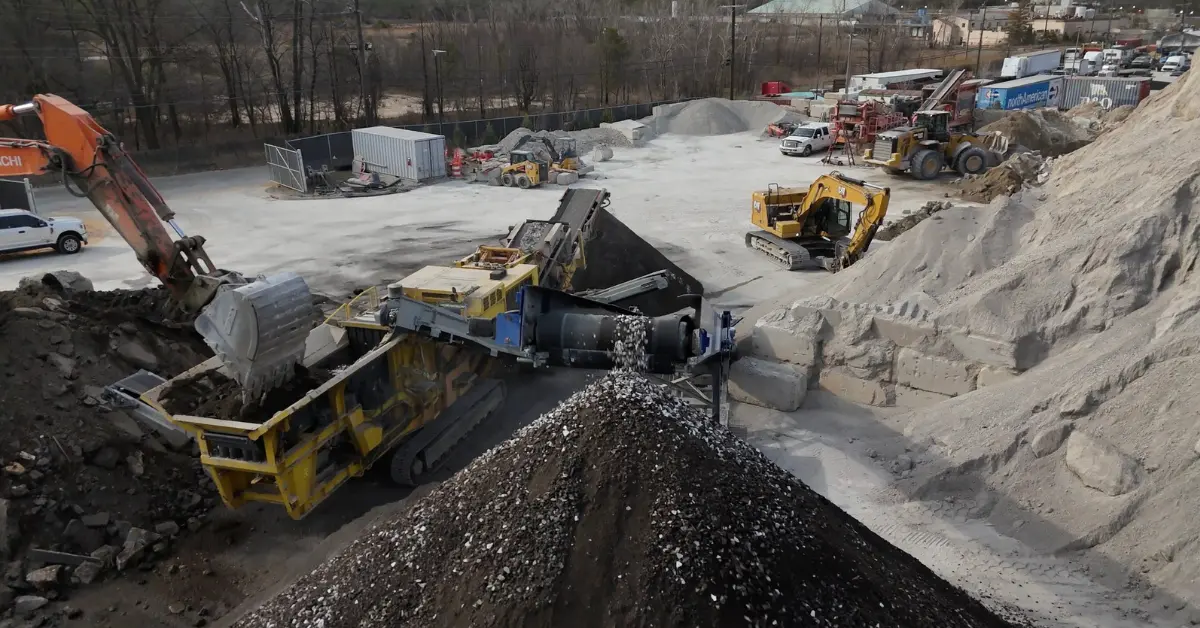
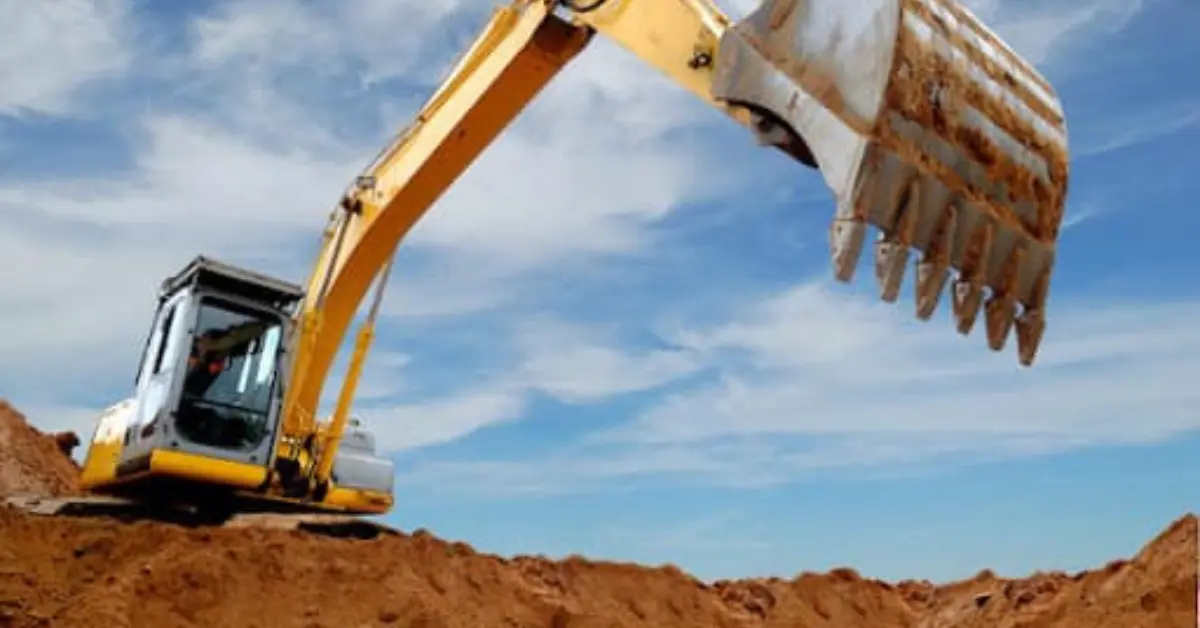
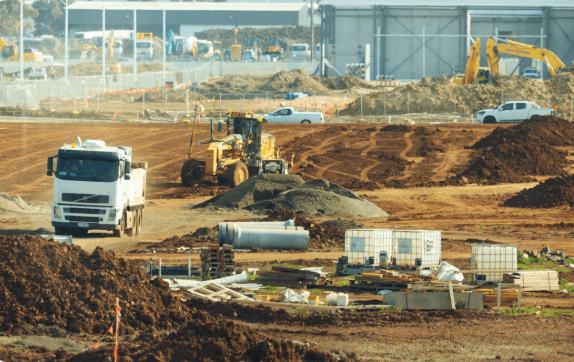

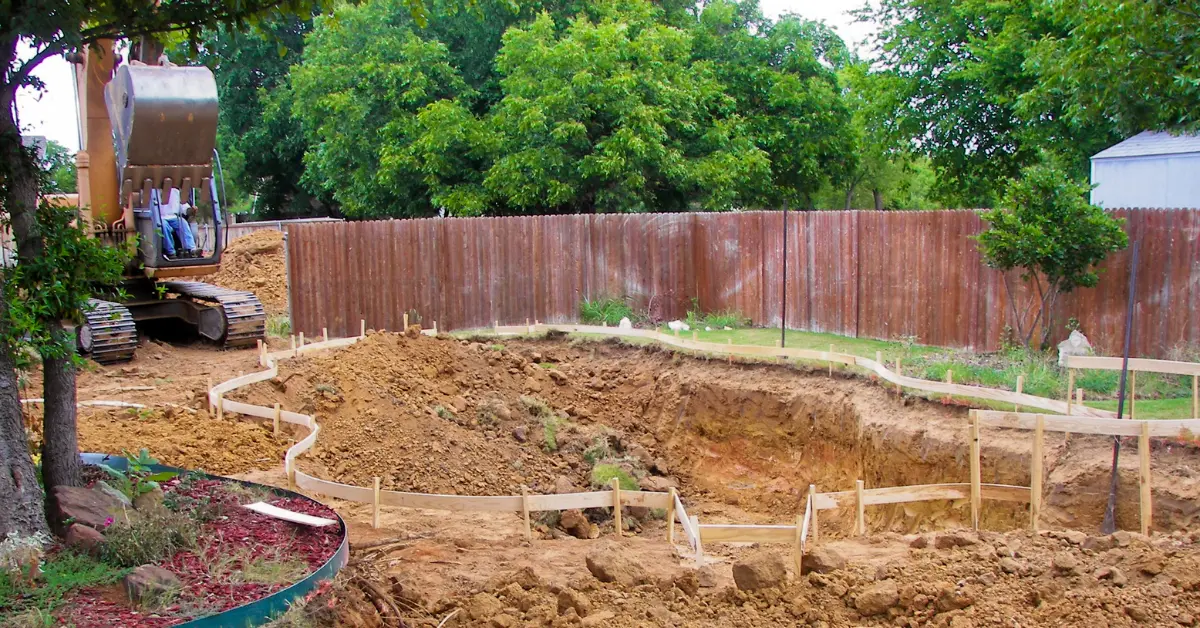
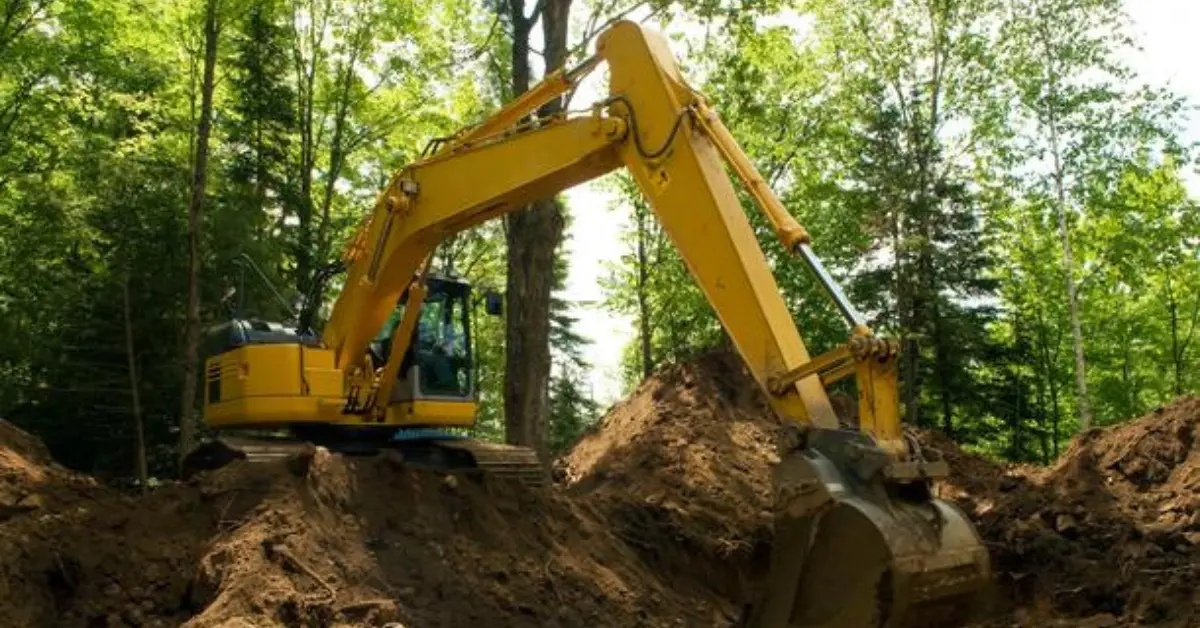
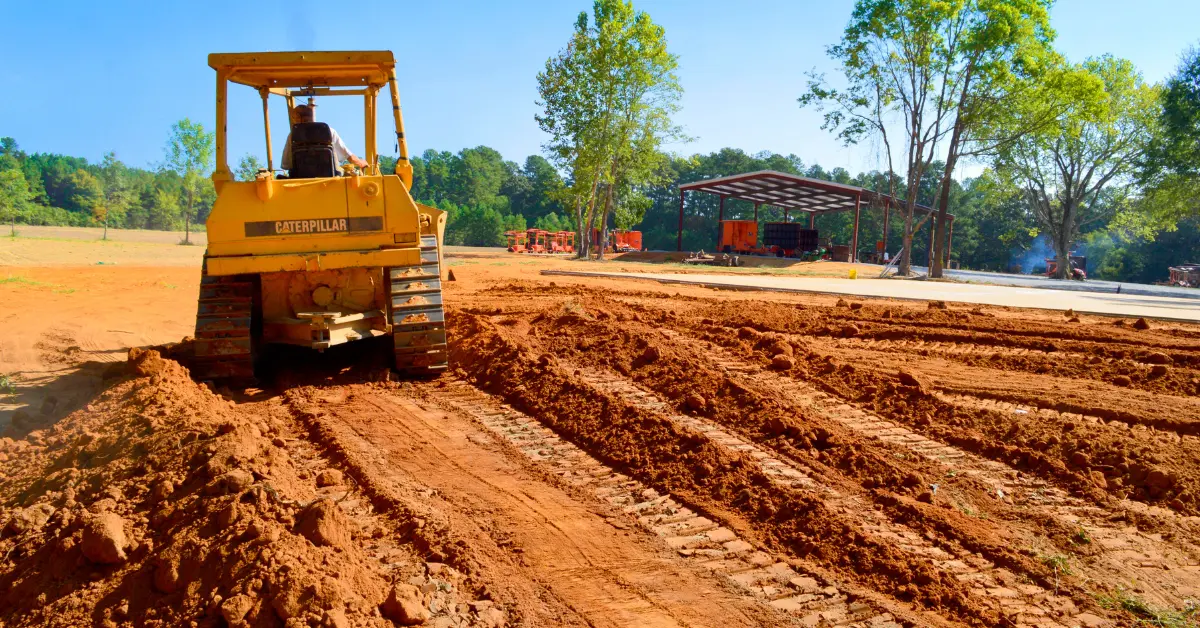
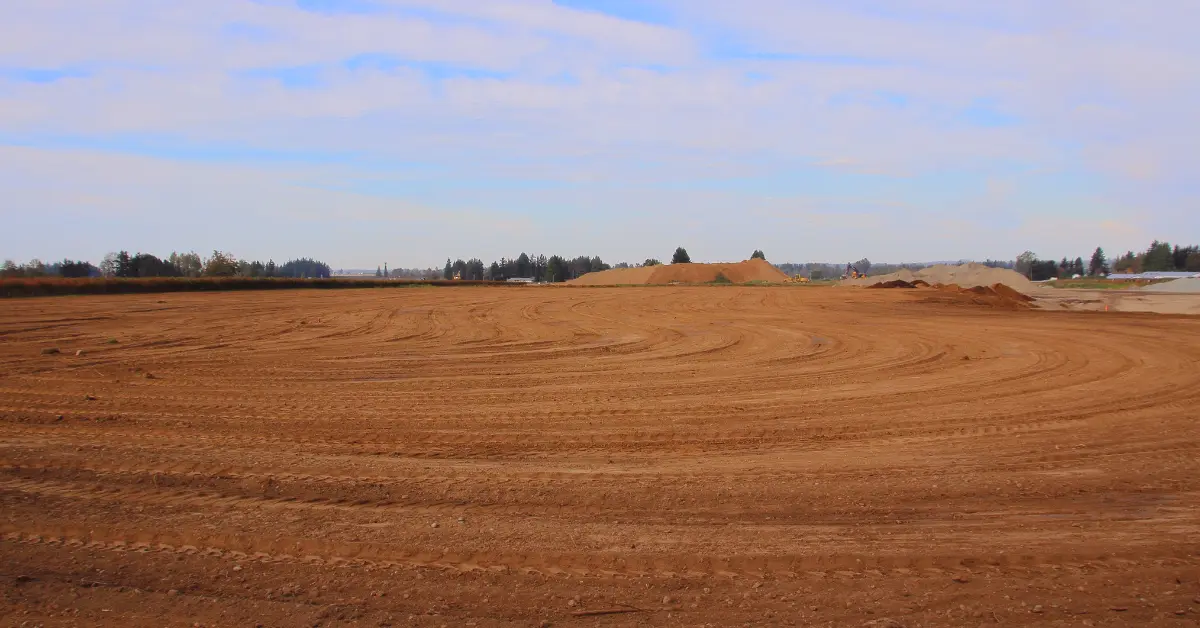




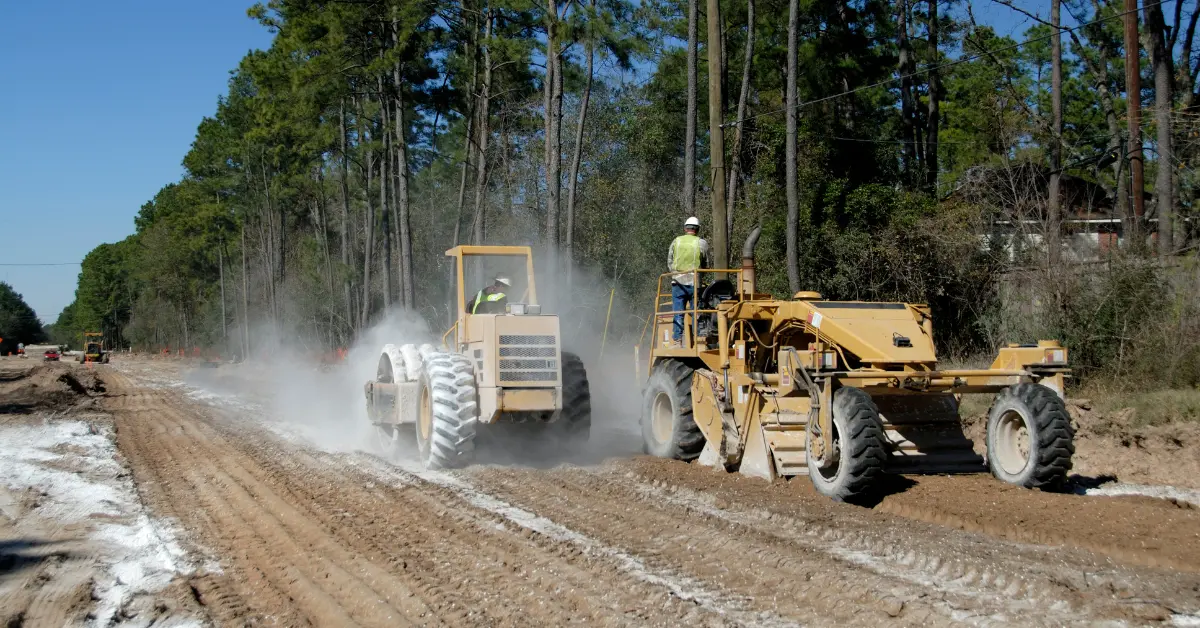




.jpg)

